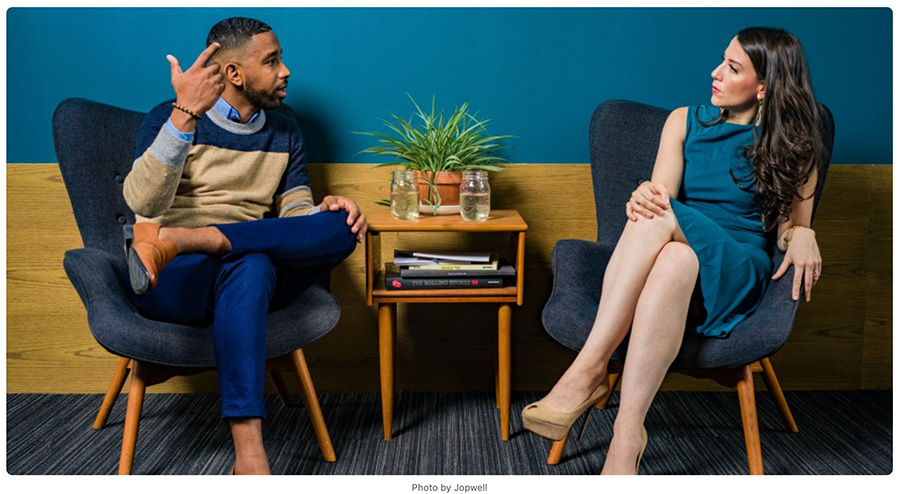
Recently I was talking with another executive coach who asked me, “How do you get your clients to admit their biases about their co-workers?”
That’s a good question.
My first response was “very carefully.”
When we’re calm, cool and not under threat, most of us will admit that we hold some negative biases about others. But usually, these are what I call “acceptable biases,” the ones most people agree on, such as biases against co-workers who engage in bullying, who lie and steal, or who make sexist or racist jokes, etc.
But what about implicit biases—the ones we’re typically not aware we have and that often are not considered politically correct? Like it or not, these can have significant negative impacts on our colleagues, as much or even more so than those biases we’re willing to admit to.
One of the most famous recent examples of implicit bias in the workplace revolved around bias in recruiting and hiring. In 2017, the BBC’s Inside Out team submitted two fictional applicants to 100 different job openings in London. These applicants had the exact same resume. The only thing the researchers changed was the applicant’s name: one resume was for “Adam Henton;” the other was for “Mohamed Allam.” Adam was offered 12 interviews; Mohamed only four.
The reality is we all have implicit biases, and they’re almost always operating in the background, unconsciously. These can include all sorts of unfair and unkind biases around race, gender, age, even personality—such as extroverts dismissing introverts as uncollaborative, or introverts feeling that extroverts are being rude. The list of biases is almost infinite and depends entirely on your own experiences and perspectives.
Now, experts have developed tests for implicit bias, but they’re still looking for ways to help people manage theirs. There’s no doubt that addressing implicit bias is complex and emotionally loaded. And yet coaches have a responsibility to help their clients identify their biases and mitigate those that are having negative impacts on their co-workers.
One of the ways coaches can do this is to focus on common biases that our clients already know about. For example, in health care, it’s well known that ageism—a bias against certain age groups, especially the elderly—can literally take years off of patients’ lives. When coaching healthcare professionals on examining their own biases, the coach could use ageism in healthcare as an example and then leverage it to draw the client out on their own deeper, more hidden biases.
The same coaching technique could be used in almost any industry: documented biases against women in STEM fields, against Blacks in real estate, against college grads who didn’t go to big-name schools and against people with disabilities in the workplace. By referencing well-known biases that their client is already aware of and acknowledges as real, the coach can coax the client into admitting their own. Then, once that connection has been made, it may be easier to coach the client into choosing to change biased-based behaviors that have negative outcomes.
Of course, given the intensity of biases, the coach must tread very carefully. Many of us don’t want to admit our negative biases because we like to believe that we are good, decent and caring people who don’t set out to hurt or discriminate against others. As coaches, this is where we may have to remind our clients that everyone has biases that they don’t necessarily act upon. And we’ll need to reinforce with our clients that they are good people, that they are respected for any number of traits and that we know that they aren’t intentionally allowing their negative biases to generate negative work outcomes.
Bottom line: Coaching people to admit their implicit biases is not easy. But if it’s done well, with empathy, patience and care, most of us will choose to own our biases and change our problematic behavior. And isn’t behavioral change the goal of all coaching?
This article was originally published in Forbes on October 19th 2022.




